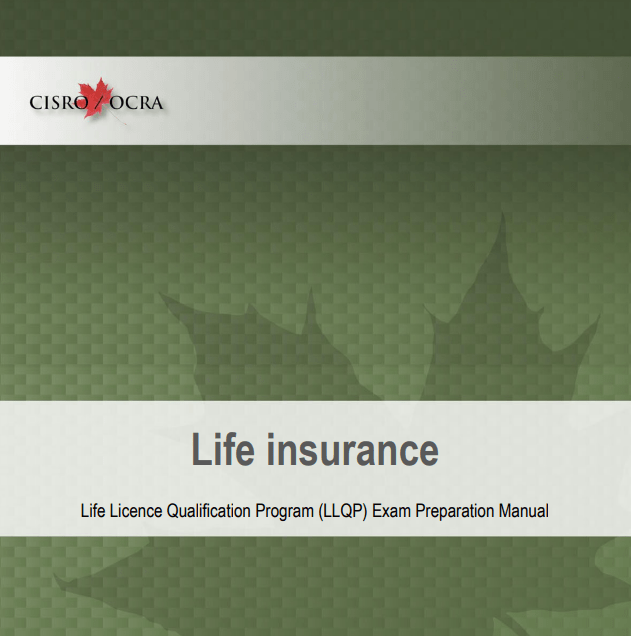

What is Foreclosure?
Foreclosure is the process of using the courts to take title to the mortgaged property, thereby extinguishing all rights that the borrower or any other party may have in the property. This process can be time consuming, taking upwards of six months and is also considered to be a harsh remedy since the lender ultimately becomes the owner of the property leaving the borrower with
no interest in it. In Ontario, foreclosures are rare due to the ability to use the power of sale process, which the courts deem to be a far more equitable approach to recovering the mortgage debt. However, the foreclosure process may be used in Ontario under certain circumstances, typically if the amount recoverable under a power of sale will not be sufficient to recover the mortgage debt. This would allow the lender to take title to the property and, for example, renovate it and sell it at a higher price than might have been possible under a power of sale.
Power of sale is used in Newfoundland and Labrador, New Brunswick, Prince Edward Island and Ontario, while the foreclosure process is typically used in Alberta, British Columbia, Manitoba, Nova Scotia, Quebec, and Saskatchewan. While the specific details of the foreclosure process differ in each province, it is the primary process used in recovering the mortgage debt.
Mortgage brokering in Ontario is regulated by the Financial Services Commission of Ontario (FSCO) and requires a license. To obtain a license you must first pass an accredited course. The Real Estate and Mortgage Institute of Canada Inc. (REMIC) is accredited by FSCO to provide the course. For more information please visit us at www.remic.ca/getlicensed or call us at 877-447-3642
Other Remedies
While a power of sale is the most common remedy in Ontario and can be commenced after 15 days of default, most lenders will not seek this remedy immediately. In most cases the process will begin with a letter sent from the lender’s collection department advising the borrower of the default and requesting that the missed payment be sent to the lender immediately. The lender may also require the borrower to pay a non-sufficient funds (NSF) fee and may also require the borrower to pay an administrative fee.
If this letter does not obtain the desired results, the lender may then use a Demand Letter, which is a letter sent from the lender’s lawyer demanding the payment of the outstanding amount. If neither of these remedies are successful, the lender will then proceed with the power of sale process.











